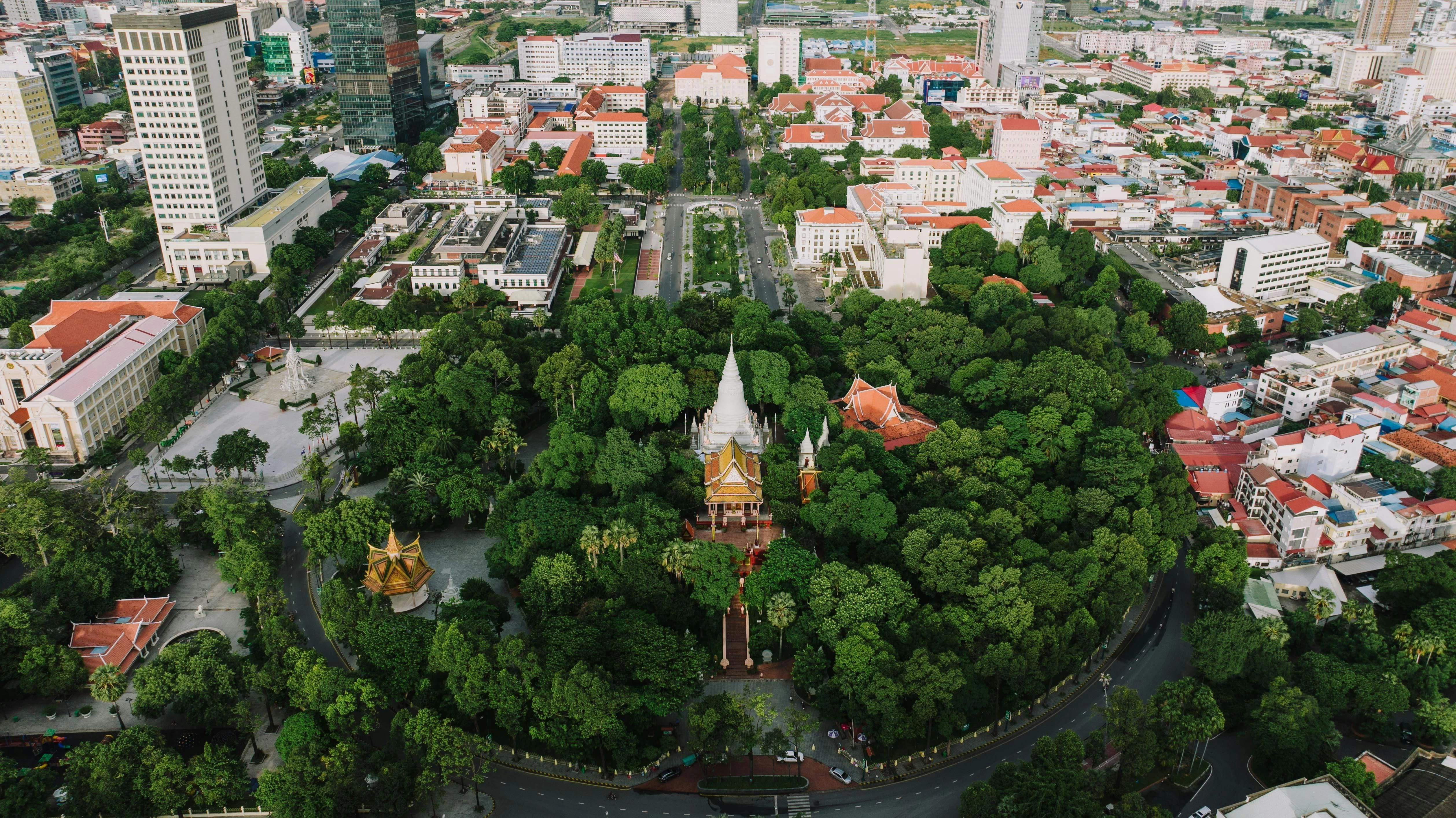In recent years, Asia has rapidly adopted new mobility technologies. With a population of over 4.6 billion people, the region is home to some of the fastest-growing economies in the world. This growth is driving demand for new and innovative transportation solutions. These new technologies are making it easier and cheaper for people to get around and help reduce traffic congestion and air pollution.
Governments across the region are investing in new roads, railways, and public transportation systems. They are also working to promote the use of new mobility technologies. With continued investment and innovation, the region is well-positioned to become a global leader in sustainable and efficient urban mobility systems.
The Rise of Electric Mobility
EV charging infrastructure in Southeast Asia is also expanding. More governments, like Malaysia and Thailand, are leading public-private partnerships to invite investments in public charging infrastructure networks, installing more charging stations in cities, highways, and public parking spaces.
Countries like India, Vietnam, and Indonesia are witnessing an increasing demand for electric two-wheelers as a sustainable alternative to conventional gasoline-powered scooters. The market share of electric bikes continues to surge, reflecting a global trend of making cycling more accessible. For older generations, e-bike safety features allow them to navigate city roads with less risk of accidents. E-bikes offer a faster and more flexible commute in urban areas, especially during heavy traffic. Additionally, e-bikes can cover longer distances than regular bicycles, making them a practical choice for daily commuting. Besides being an excellent option for sustainable transport, it also allows commuters to fit many of their transportation needs into one mode, as some models have a larger capacity compared to traditional bikes and motorcycles.
In China and India, electric vehicles are being employed for last-mile delivery services by e-commerce players. Electric cargo bikes and small electric vans are increasingly used for eco-friendly urban logistics.
Many Asian cities are experiencing rapid urbanization, increasing traffic congestion and commuting times. As a result, there is a growing demand for more innovative transportation solutions that can address these challenges effectively. Mobility as a Service or MaaS is one of these solutions, where a rider uses an app to book on-demand transportation to get to their destination. Ride-hailing or sharing, fixed routes, taxis, and motorcycle taxis are some modes that can be booked through these channels.
Urban Mobility Systems and Future Trends
Here are some of the mobility trends that we can expect to see in Asia in the coming years:
- The rise of shared mobility: Shared mobility solutions, such as ride-hailing, car sharing, and bike sharing, are already popular in many Asian cities. These offer several advantages over traditional car ownership, such as lower costs, reduced traffic congestion, and improved air quality. As these benefits become more widely known, we can expect to see even more people using shared mobility in the future.
- The growth of electric vehicles: The adoption of electric vehicles is growing rapidly in Asia as governments offer incentives and consumers become more aware of the environmental benefits. China is already the world's largest market for electric vehicles, and other countries in Asia are expected to follow suit.
- The development of autonomous vehicles: Autonomous vehicles are still in their early stages of development, but they have the potential to revolutionize transportation in Asia. These vehicles could reduce traffic congestion and improve safety.
- The shift to multimodal transportation: In many Asian cities, people already rely on a combination of different modes of transportation, such as walking, biking, public transit, and private vehicles. This trend is expected to continue as people look for more sustainable and efficient ways to get around.
The mobility trends that are emerging in Asia today offer the potential to make transportation more affordable, accessible, and sustainable. Shared mobility services, electric vehicles, and autonomous vehicles are all playing a role in shaping the future of transportation in the region.
Asia will become a more mobile and connected place as these trends continue to develop. Commuters will have more choices regarding how they get around, and they will be able to do so in a smarter and more environmentally friendly way.
To get insight on further developments in Asia’s mobility sector and how it is expected to impact the market outlook, subscribe to our newsletter here and check out these reports:







